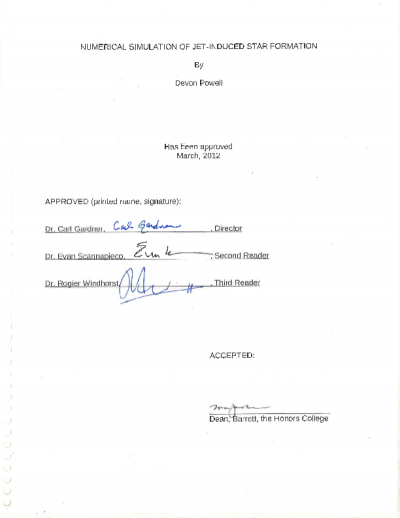Mathematical Assessment of Control Measures Against Mosquito-borne Diseases

Description
Mosquitoes are the greatest killers of mankind, and diseases caused by mosquitoes continue to induce major public health and socio-economic burden in many parts of the world (notably in the tropical sub-regions). This dissertation contributes in providing deeper qualitative insights into the transmission dynamics and control of some mosquito-borne diseases of major public health significance, such as malaria and dengue. The widespread use of chemical insecticides, in the form of long-lasting insecticidal nets (LLINs) and indoor residual spraying, has led to a dramatic decline in malaria burden in endemic areas for the period 2000-2015. This prompted a concerted global effort aiming for malaria eradication by 2040. Unfortunately, the gains recorded are threatened (or not sustainable) due to it Anopheles resistance to all the chemicals embedded in the existing insecticides. This dissertation addresses the all-important question of whether or not malaria eradication can indeed be achieved using insecticides-based control. A novel mathematical model, which incorporates the detailed Anopheles lifecycle and local temperature fluctuations, was designed to address this question. Rigorous analysis of the model, together with numerical simulations using relevant data from endemic areas, show that malaria elimination in meso- and holo-endemic areas is feasible using moderate coverage of moderately-effective and high coverage of highly-effective LLINs, respectively. Biological controls, such as the use of sterile insect technology, have also been advocated as vital for the malaria eradication effort. A new model was developed to determine whether the release of sterile male mosquitoes into the population of wild adult female Anopheles mosquito could lead to a significant reduction (or elimination) of the wild adult female mosquito population. It is shown that the frequent release of a large number of sterile male mosquitoes, over a one year period, could lead to the effective control of the targeted mosquito population. Finally, a new model was designed and used to study the transmission dynamics of dengue serotypes in a population where the Dengvaxia vaccine is used. It is shown that using of the vaccine in dengue-naive populations may induce increased risk of severe disease in these populations.
Date Created
The date the item was original created (prior to any relationship with the ASU Digital Repositories.)
2020
Agent
- Author (aut): Iboi, Enahoro Amos
- Thesis advisor (ths): Gumel, Abba B.
- Committee member: Kuang, Yang
- Committee member: Gardner, Carl
- Committee member: Kang, Yun
- Committee member: Paaijmans, Krijn
- Publisher (pbl): Arizona State University








